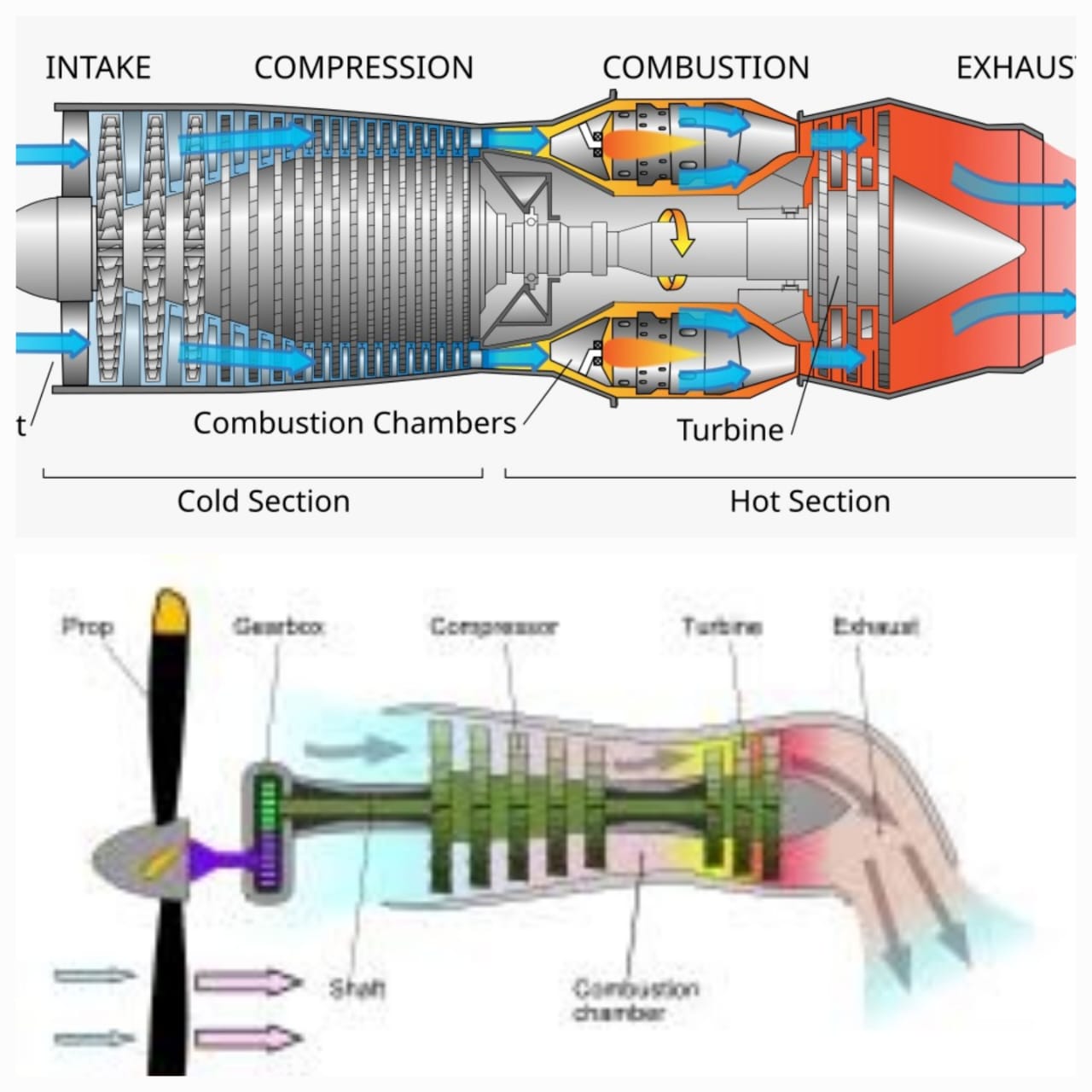Jet vs Turboprop Aircraft
October 03,2025

Jet Engines
Working Principle: Jet engines use the principle of jet propulsion, where air is drawn in, compressed, mixed with fuel, and ignited to produce high-speed exhaust gases that generate thrust.
 Characteristics: Known for high performance, ability to fly at high altitudes, and speed capabilities.
Characteristics: Known for high performance, ability to fly at high altitudes, and speed capabilities. Examples: Boeing 737s, 787s, Airbus 320s, and A350s.
Examples: Boeing 737s, 787s, Airbus 320s, and A350s.
Turboprop Engines
Working Principle: Turboprop engines combine jet engine principles with propeller-driven systems, using a gas turbine engine to drive a propeller.
 Characteristics: Greater fuel efficiency at lower speeds and altitudes, making them suitable for regional flights with a balance between performance and operational costs.
Characteristics: Greater fuel efficiency at lower speeds and altitudes, making them suitable for regional flights with a balance between performance and operational costs. Examples: ATR-72s and Bombardier Q400s.
Examples: ATR-72s and Bombardier Q400s.
Key Differences
 Propulsion: Jet engines rely on exhaust gases for thrust, while turboprop engines use a propeller driven by a gas turbine engine.
Propulsion: Jet engines rely on exhaust gases for thrust, while turboprop engines use a propeller driven by a gas turbine engine. Speed and Altitude: Jet engines are designed for high speeds and altitudes, whereas turboprop engines are more efficient at lower speeds and altitudes.
Speed and Altitude: Jet engines are designed for high speeds and altitudes, whereas turboprop engines are more efficient at lower speeds and altitudes. Fuel Efficiency: Turboprop engines are generally more fuel-efficient for shorter, regional flights.
Fuel Efficiency: Turboprop engines are generally more fuel-efficient for shorter, regional flights.